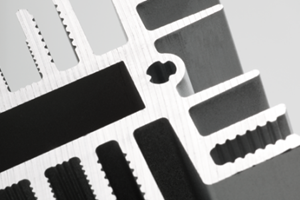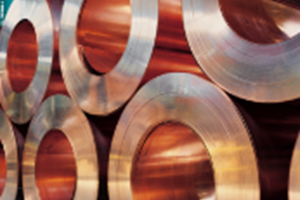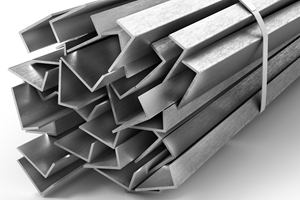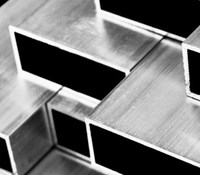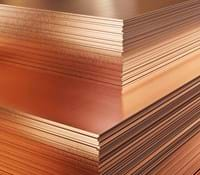Defence and aviation
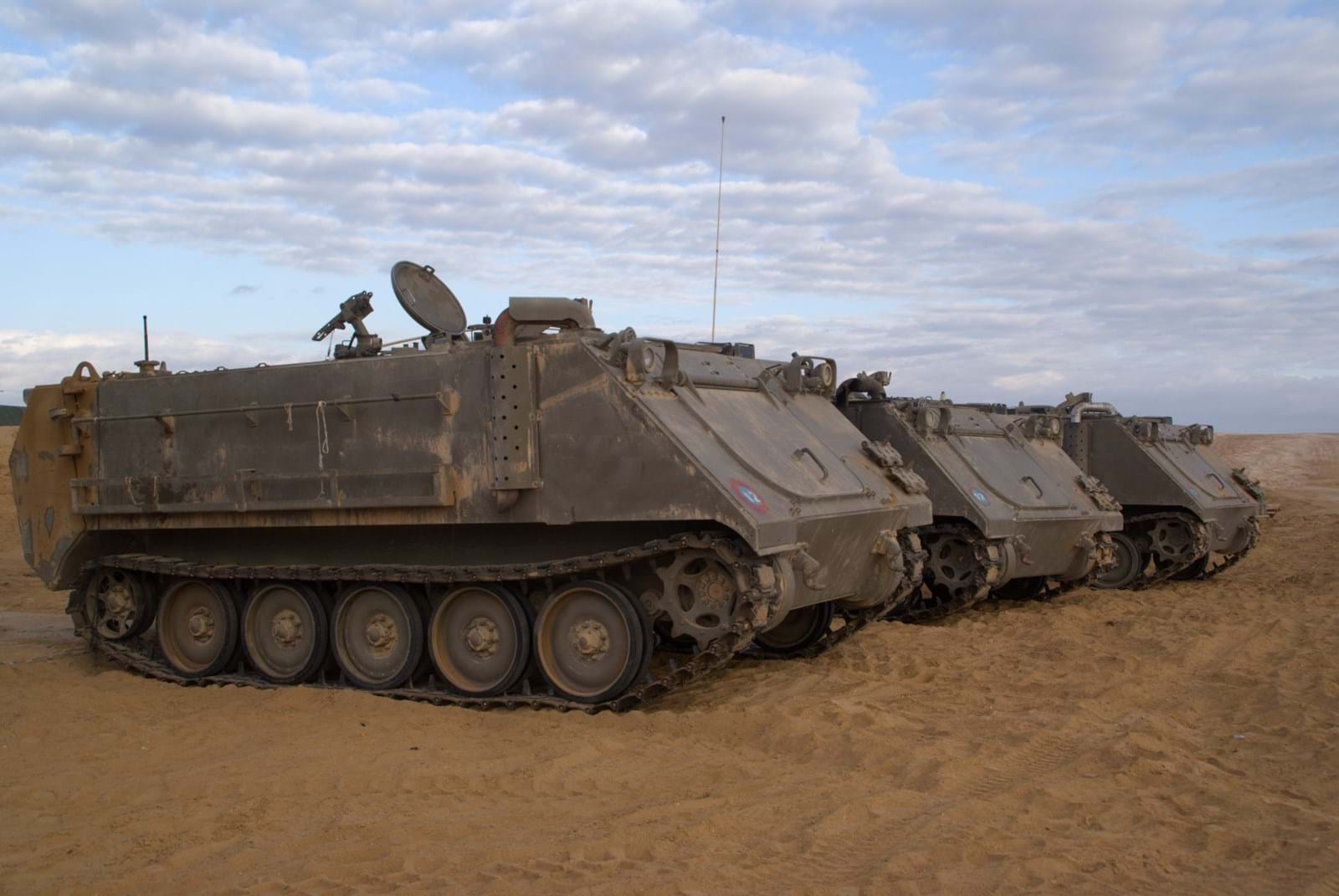
Alumeco is a supplier to the defence and aviation industry.
Maximum focus on reliability and safety.
Suppliers to companies within the fields of defence and aviation must demonstrate quality, accurate deliveries and last but not least reliable safety procedures, in order to be suitable suppliers. Alumeco has, being a supplier of aluminium, demonstrated this throughout some time, resulting in orders for companies with maximum focus on reliability and safety.
Both nationally and internationally, military personnel needs to be mobile and fast in terms of changing situations. Maximum protection of both personnel and equipment is required. Some may wonder how aluminium, which is relatively light and soft, is useable in this regard, but nevertheless it is the case with alloys like 2519 and 5059, used for ballistic and explosive protection, says Hans Martin Vestergaard, Sales Consultant and Product Manager within this field at Alumeco.
Aluminium splinters less
The alloys 2519 and 5059 are used in cases with vital requirements for lightness and protection.
- Weight has become an issue for these clients. And then there is the need for personnel protection. Apart from other materials, aluminium alloys have the advantage that the metal is light and doesn’t splinter in case of explosions or ballistic forces, says Hans Martin Vestergaard.
Procedures and approvals at hand
In order to be considered as supplier for manufacturers of military equipment and planes, or as subcontractor for this industry, a number of safety approvals must be at hand. Alumeco has these approvals and is able to deliver AMS QQA qualities.
- If a material is required for people being ”up in the air”, the requirements, rules and procedures are completely different. We know and have these procedures at hand, so our clients within this field can rely on Alumeco as a competent and safe supplier of aluminium, Hans Martin Vestergaard concludes.




